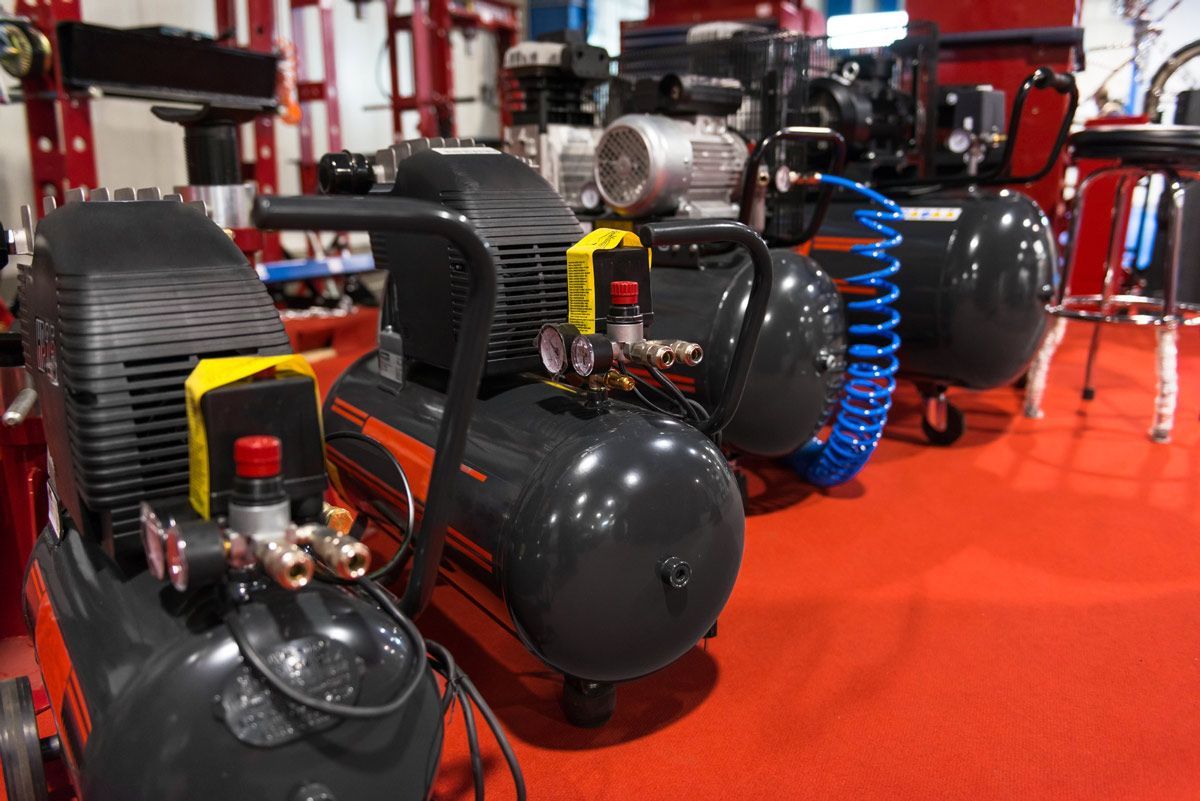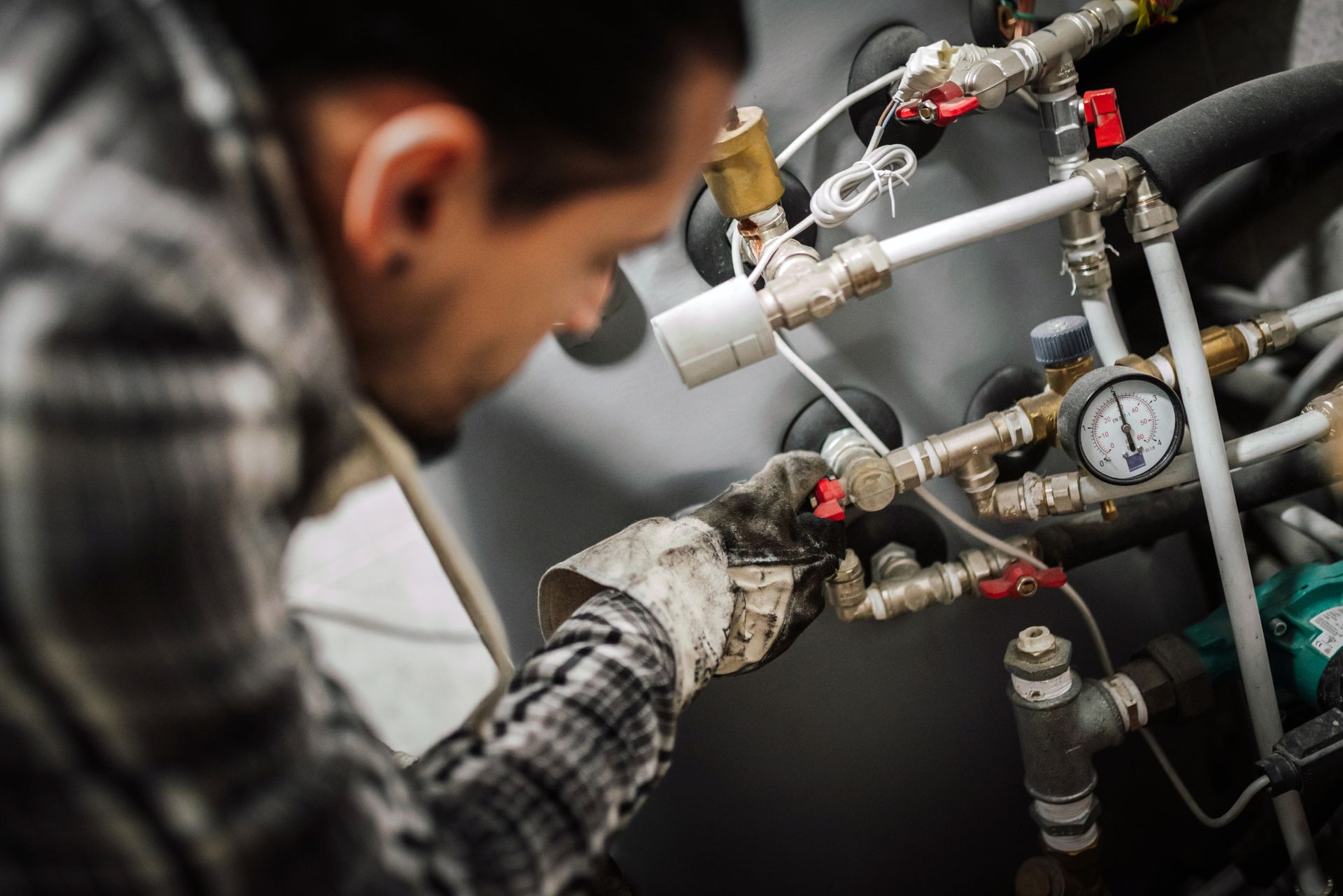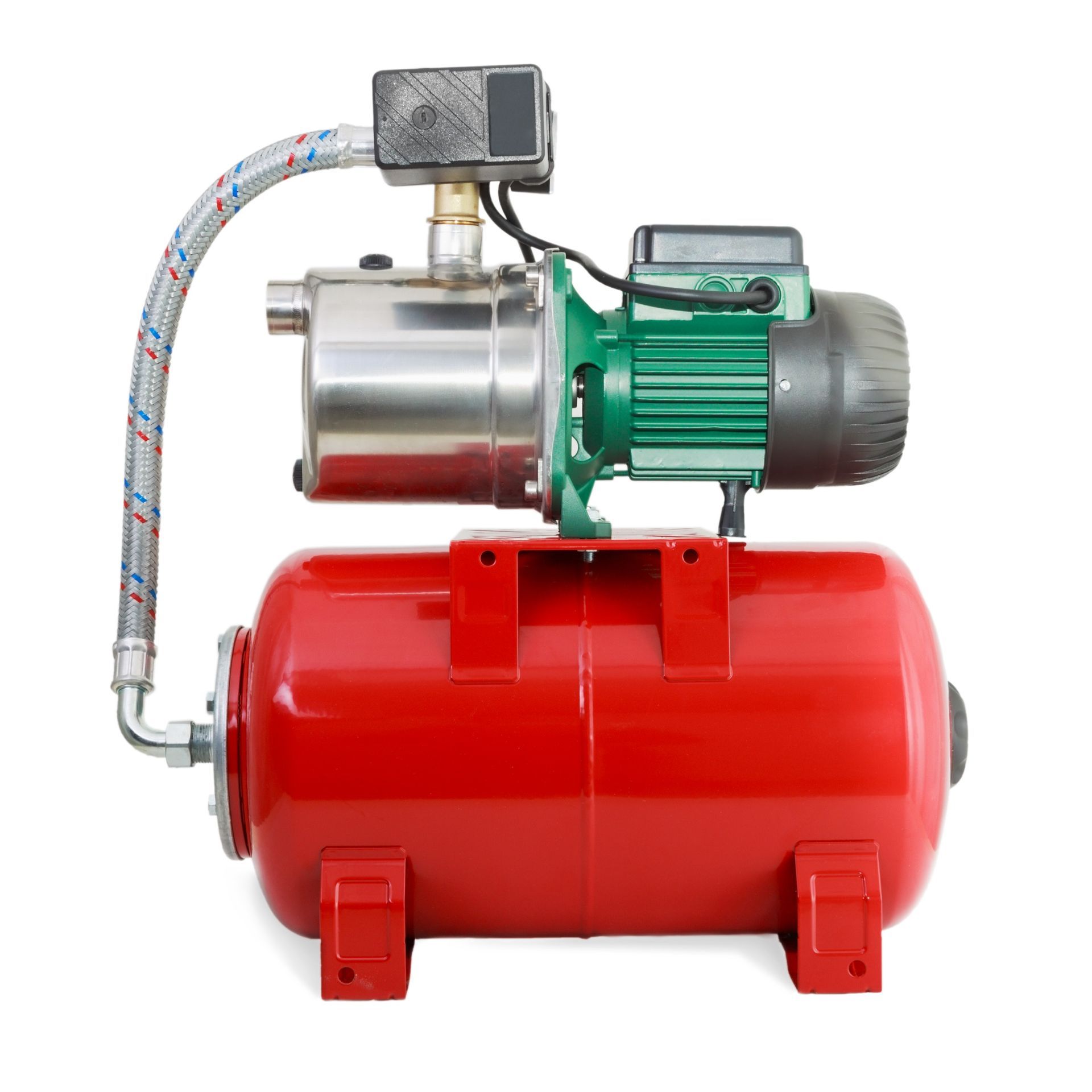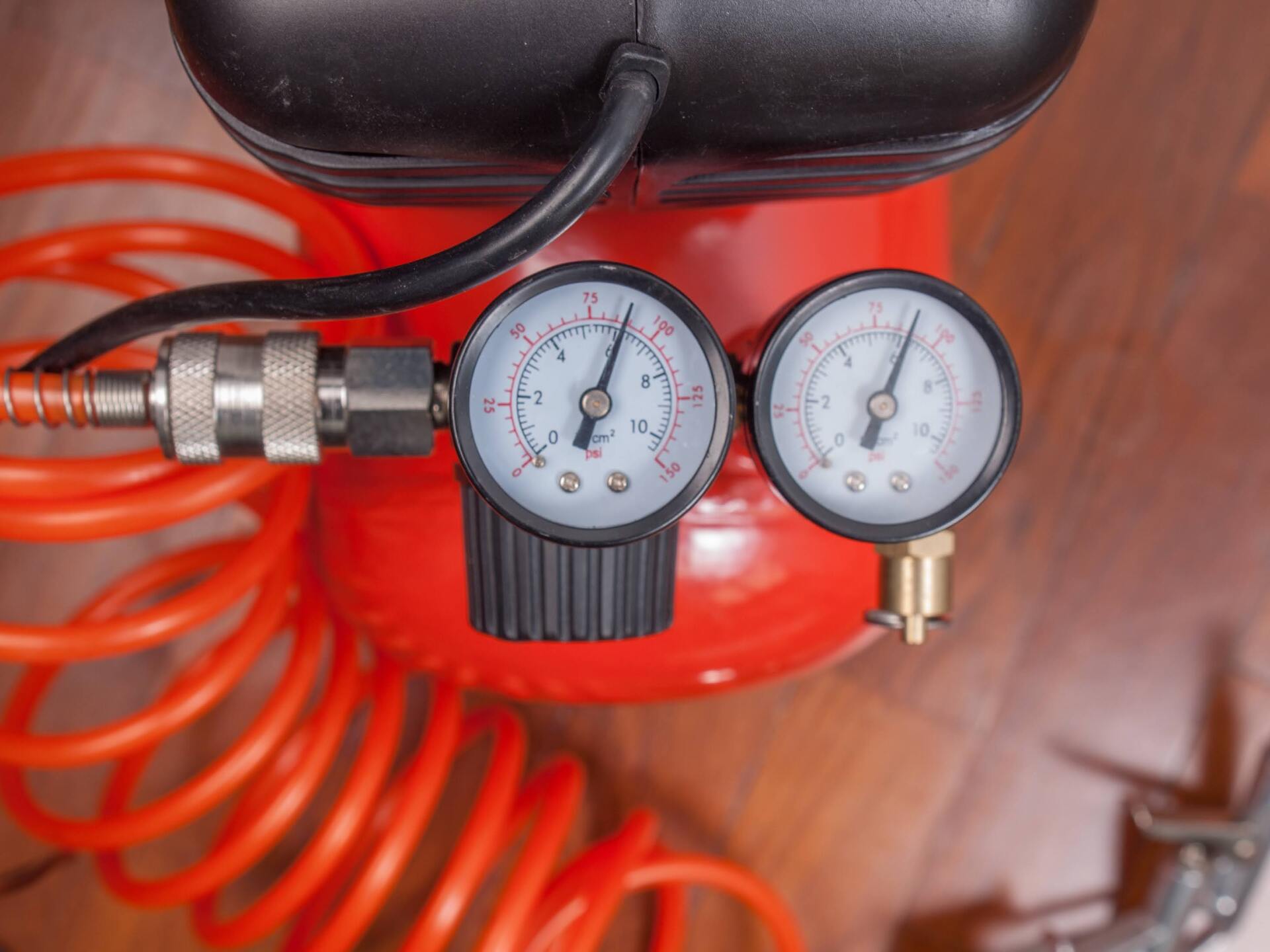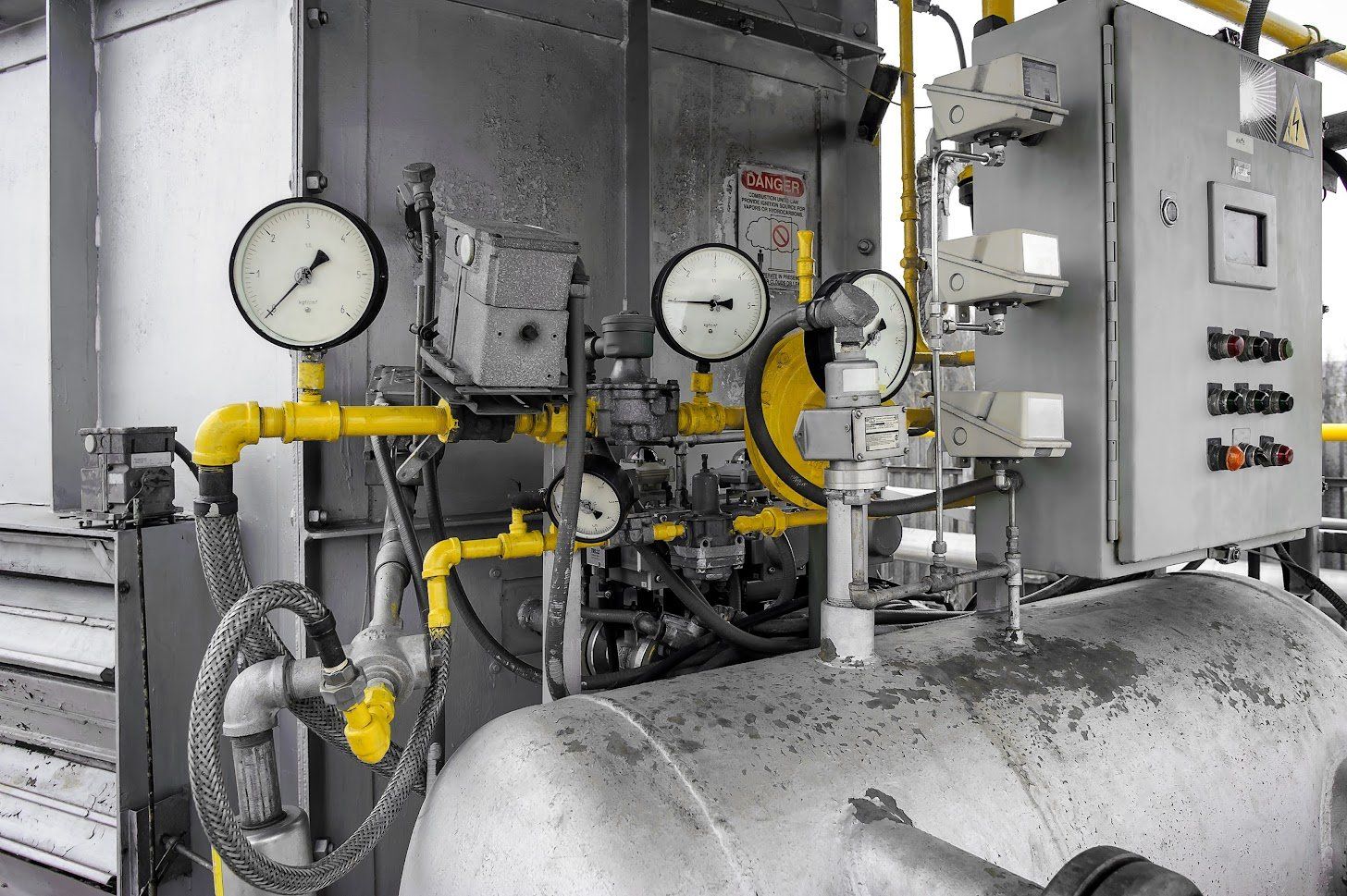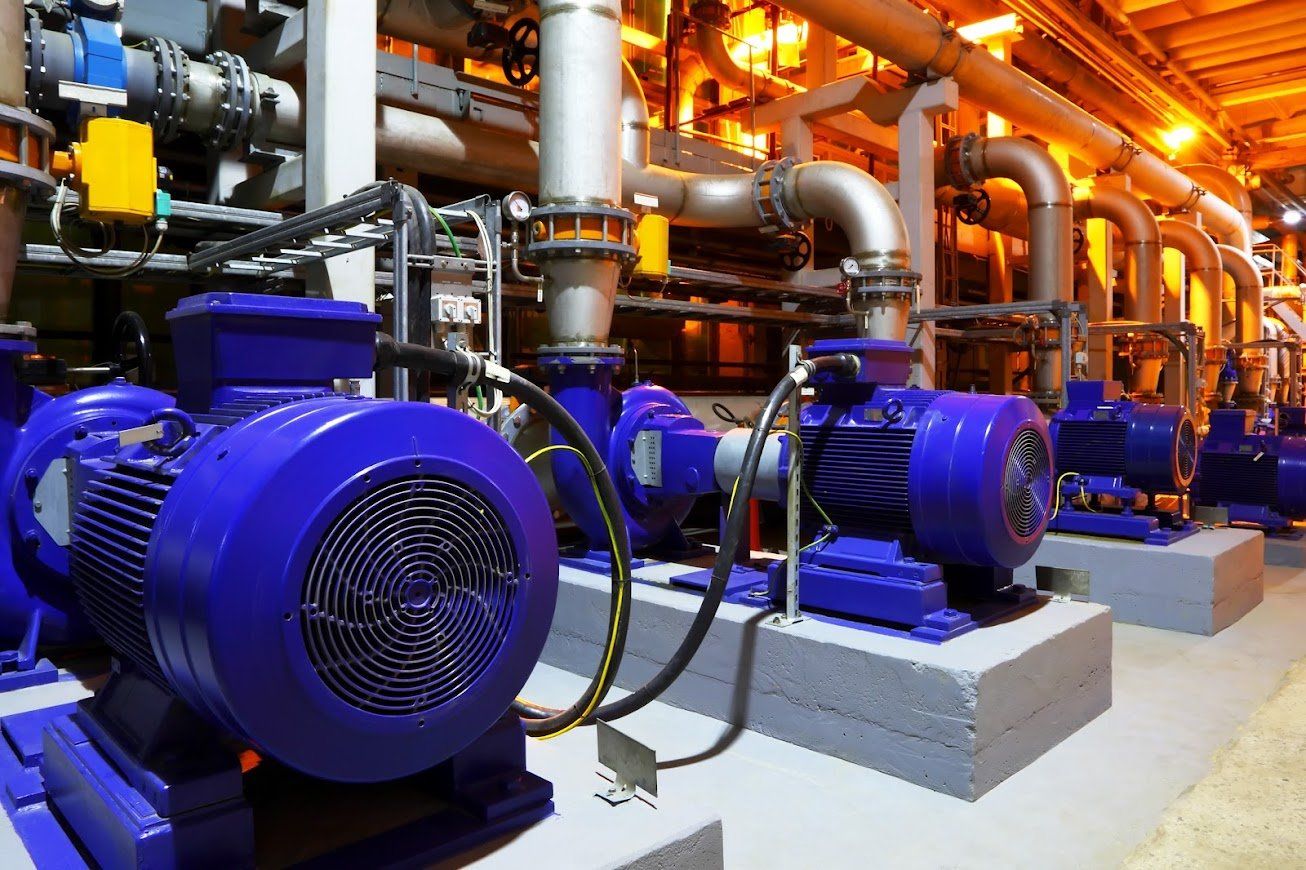Blog Layout
Which Type of Vacuum System Will Be Best for You?
Which Type of Vacuum System Will Be Best for You?
- By Admin
- •
- 23 May, 2020
- •
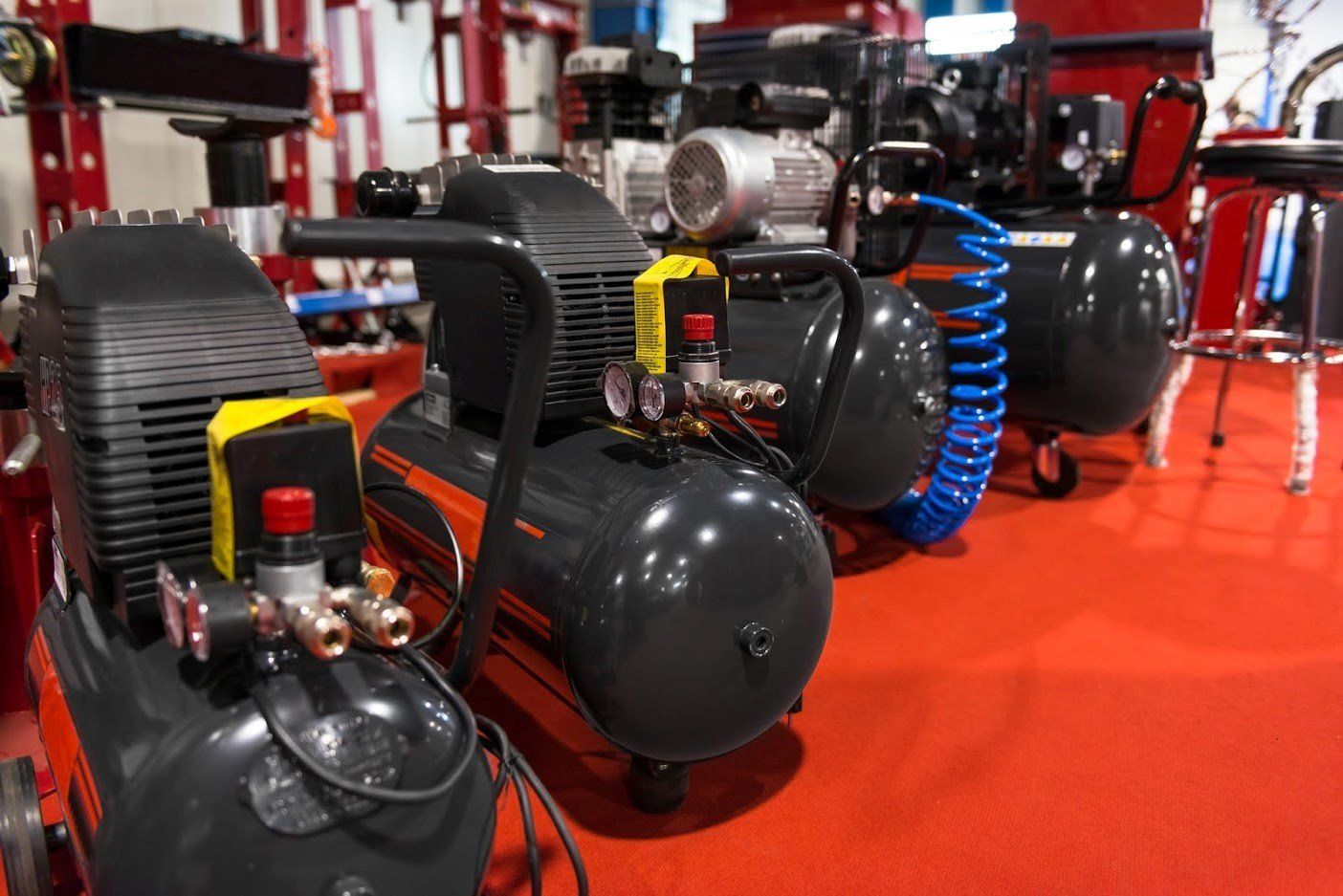
Vacuum pump systems have been around since 1650 and are used in an amazing variety of industries, from dairy production to nuclear fusion.
Part of the reason these devices are so versatile is that they come in a variety of sizes and configurations that can be uniquely suited to different applications. While all vacuum pumps function as compressors that move fluids from the systems' inlet to the outlet, there is a big difference in how such a process works in a household vacuum cleaner versus a facility-wide air system.
Whether you need a vacuum pump system for manufacturing purposes or to use in a new air conditioning system, consider the following types and which might work best for you.
Positive Displacement Pump
This type of vacuum pump is often found in hydraulic systems and pistons, and therefore can be used to produce mechanical work as well as to move gases or liquids from one area to another.
These pumps have one or more compartments that are designed to expand. The compartment inlet is opened, which allows gas or liquid to enter. As the compartment expands, the volume increases, which creates a partial vacuum that the fluid rush to fill. The compartment then contracts back to its original size, which expels the fluid through the desired outlet into the atmosphere or into another part of the system.
To create continuous flow, a positive displacement pump can repeat this process over and over, sealing and unsealing its compartments as needed.
Positive displacement pumps come in many varieties, but the basic function is the same. This type of pump is ideal for applications that require a high amount of vacuum pressure and low continuous flow. If your vacuum application requires consistent bursts of pressure to generate force and doesn't need to have air or liquid flowing continuously, a positive displacement vacuum system is ideal.
Centrifugal Pump
Centrifugal pumps rely on rotational energy to move fluids through the system. These vacuum pumps are equipped with rotors, often powered by a motor. As gas or liquid enters the inlet, it gets caught by the rotor blades and spun, which propels it out of the outlet at increased velocity and pressure. The pump pulls more fluid into the intake as a vacuum is created in the conduit by this expulsion.
Centrifugal pumps are the opposite of positive displacement pumps, in that they are best for functions that require low vacuum and high flow. As fluid can move continuously through the system without pause, centrifugal pumps are often found in sewage systems, agricultural applications, and petrochemical facilities.
These pumps are highly flexible and can be adapted for many different needs. They come in different configurations to increase pressure and flow as needed but often use more power than a positive displacement pump due to the continuous running of the motor.
Regenerative Pump
Also known as vortex or peripheral pumps, regenerative pumps rely on a more complex design. These pumps are best for applications that require the high pressure that could be provided by a positive displacement pump as well as the continuous flow and versatility of a centrifugal pump.
Regenerative pumps are designed similarly to a centrifugal pump, but rather than one set of rotors in the chamber or conduit, it includes a double set of rotors. When fluid passes through one set, it recirculates and passes through the additional set as well, which adds more energy and increases the pressure of the expelled liquid or gas.
Regenerative pumps are best for industrial applications where the additional pressure is necessary and continuous flow is a must. If you're considering this type of vacuum pump for your facility, however, keep in mind that it must be supplied with an adequate amount of power to function efficiently.
As you consider the pressure, flow, and power requirements for your particular vacuum application, consult with the experts at Compressed Air Systems. We have the knowledge and expertise to help you select the vacuum system that will be best for your needs, and we can install it for you.
Part of the reason these devices are so versatile is that they come in a variety of sizes and configurations that can be uniquely suited to different applications. While all vacuum pumps function as compressors that move fluids from the systems' inlet to the outlet, there is a big difference in how such a process works in a household vacuum cleaner versus a facility-wide air system.
Whether you need a vacuum pump system for manufacturing purposes or to use in a new air conditioning system, consider the following types and which might work best for you.
Positive Displacement Pump
This type of vacuum pump is often found in hydraulic systems and pistons, and therefore can be used to produce mechanical work as well as to move gases or liquids from one area to another.
These pumps have one or more compartments that are designed to expand. The compartment inlet is opened, which allows gas or liquid to enter. As the compartment expands, the volume increases, which creates a partial vacuum that the fluid rush to fill. The compartment then contracts back to its original size, which expels the fluid through the desired outlet into the atmosphere or into another part of the system.
To create continuous flow, a positive displacement pump can repeat this process over and over, sealing and unsealing its compartments as needed.
Positive displacement pumps come in many varieties, but the basic function is the same. This type of pump is ideal for applications that require a high amount of vacuum pressure and low continuous flow. If your vacuum application requires consistent bursts of pressure to generate force and doesn't need to have air or liquid flowing continuously, a positive displacement vacuum system is ideal.
Centrifugal Pump
Centrifugal pumps rely on rotational energy to move fluids through the system. These vacuum pumps are equipped with rotors, often powered by a motor. As gas or liquid enters the inlet, it gets caught by the rotor blades and spun, which propels it out of the outlet at increased velocity and pressure. The pump pulls more fluid into the intake as a vacuum is created in the conduit by this expulsion.
Centrifugal pumps are the opposite of positive displacement pumps, in that they are best for functions that require low vacuum and high flow. As fluid can move continuously through the system without pause, centrifugal pumps are often found in sewage systems, agricultural applications, and petrochemical facilities.
These pumps are highly flexible and can be adapted for many different needs. They come in different configurations to increase pressure and flow as needed but often use more power than a positive displacement pump due to the continuous running of the motor.
Regenerative Pump
Also known as vortex or peripheral pumps, regenerative pumps rely on a more complex design. These pumps are best for applications that require the high pressure that could be provided by a positive displacement pump as well as the continuous flow and versatility of a centrifugal pump.
Regenerative pumps are designed similarly to a centrifugal pump, but rather than one set of rotors in the chamber or conduit, it includes a double set of rotors. When fluid passes through one set, it recirculates and passes through the additional set as well, which adds more energy and increases the pressure of the expelled liquid or gas.
Regenerative pumps are best for industrial applications where the additional pressure is necessary and continuous flow is a must. If you're considering this type of vacuum pump for your facility, however, keep in mind that it must be supplied with an adequate amount of power to function efficiently.
As you consider the pressure, flow, and power requirements for your particular vacuum application, consult with the experts at Compressed Air Systems. We have the knowledge and expertise to help you select the vacuum system that will be best for your needs, and we can install it for you.
Browse Our Website
Contact Information
Address:
19009 61st Ave NE, Unit #5 Arlington WA 98223
Phone:
360-925-6356Mobile: (425) 328-0723
Email:
ed@compressedair-systems.com
Hours of Operation
- Mon - Fri
- -
- Sat - Sun
- Appointment Only






Serving Whatcom, Skagit, Snohomish King, and Pierce Counties.
Content, including images, displayed on this website is protected by copyright laws. Downloading, republication, retransmission or reproduction of content on this website is strictly prohibited. Terms of Use
| Privacy Policy


